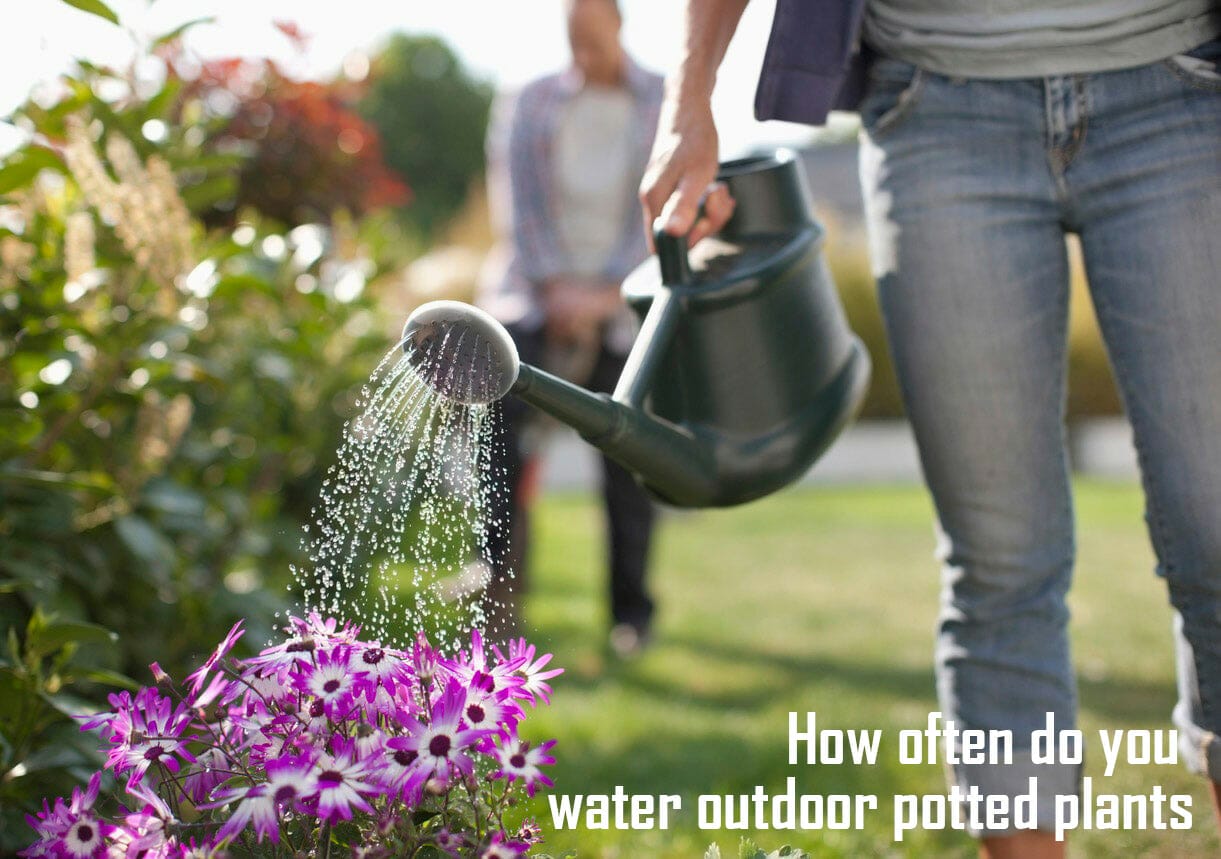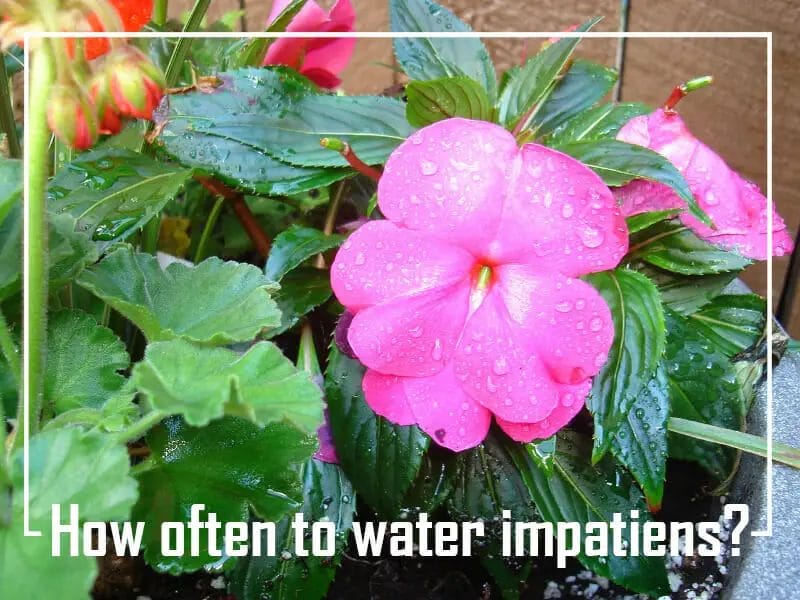Are you ready to embark on an exhilarating journey gliding across the water’s surface, feeling the wind in your hair, and experiencing the sheer thrill of water skiing? Learning to water ski as a beginner can be a fantastic adventure, and with the right guidance, it’s a sport that can quickly become both accessible and enjoyable.
This comprehensive guide’ll walk you through the easiest way to learn water skiing, offering valuable insights, practical tips, and step-by-step instructions to ensure your success. Whether you’re a total novice or dabbling in water sports, we’ll help you master the basics and build the confidence needed to stand on water skis and carve through the waves.
Discover the optimal setup, essential safety precautions, and the perfect body position to get you up on your skis effortlessly. We’ll also share expert advice on how to maintain balance, control your speed, and gracefully navigate the water. Our goal is to equip you with the skills and knowledge you need to become a proficient water skier while having a blast.
What Type of Boat Do You Need to Water Ski?
Water skiing typically requires a specific type of boat designed for towing skiers safely and efficiently. The most common types of boats used for water skiing are:
- Inboard Boats: Inboard boats are the most popular choice for water skiing. They have an internal engine mounted within the hull, often located in the center of the boat. This placement of the engine provides a more balanced weight distribution and reduces the risk of propeller contact with skiers. Inboard boats are known for creating a flat wake, which is ideal for slalom skiing.
- V-Drive Boats: V-drive boats are a type of inboard boat with the engine situated at the rear of the boat, which creates a deeper hull and allows for larger wakes. These boats are favored by wakeboarders and wake surfers. However, they can also be used for water skiing, but the larger wakes may be less suitable for slalom skiing.
- Direct Drive Boats: These inboard boats have the engine located close to the stern, but it is directly connected to the propeller, offering precise control and a smaller wake. Direct drive boats are well-suited for slalom skiing due to their minimal wake.
- Outboard Boats: Outboard boats have an engine mounted on the outside of the transom (back) of the boat. While they are not typically used for serious water skiing due to the smaller size and the wake they generate, they can be suitable for recreational skiing at lower speeds.
- Sterndrive Boats: Sterndrive boats have an inboard engine connected to an outdrive unit that extends from the stern. They are versatile and can be used for a variety of water sports, including water skiing. However, the shape and size of the wake may vary depending on the boat’s design.
- Jet Boats: Jet boats use water jets for propulsion, making them suitable for various water sports. While they can be used for water skiing, the size and shape of the wake may not be as ideal as inboard boats.
When choosing a boat for water skiing, it’s essential to consider the type of skiing you plan to do, as well as the skill level of the skiers. If you’re primarily interested in slalom skiing or competitive skiing, an inboard or direct drive boat may be the best choice due to their ability to create smaller wakes. For recreational and wakeboarding skiing, V-drive and sterndrive boats can also be suitable. Ensure the boat is equipped with a sturdy tow rope and ski pylon or tow bar for safe towing. Always follow safety guidelines and regulations specific to your region and water skiing location.
Here are the Easiest Way to Learn Water Ski for Beginners
Things you need
- Boat
- Water skis
- Ski vest (Life jacket)
- Ski rope and handle
- Patience
Water skiing can be an exciting and enjoyable water sport, but it does require some practice to get the hang of it, especially for beginners. Here are the basic steps to get started with water skiing:
Before You Begin:
- Choose the Right Location: Find a calm, flat, and open body of water, preferably a lake or a river with minimal boat traffic. Ensure that the water is deep enough and free from obstacles.
- Safety Gear: Always wear a properly fitted life jacket (personal flotation device or PFD) designed for water sports. Wearing water-ski gloves to protect your hands is also a good idea.
- Select Appropriate Skis: Use beginner water skis, which are wider and more stable than advanced skis. These skis make it easier for beginners to get up and stay balanced.
- Learn with an Experienced Instructor: If possible, seek instruction from an experienced water skier or a certified instructor. They can provide valuable guidance and ensure your safety.
Getting Started:
- Proper Boat Setup: Ensure that the boat driver sets up the boat properly for water skiing. The tow rope should be attached to a ski pylon or a strong point on the boat’s transom.
- Wearing the Skis: Sit at the water’s edge with your skis on. Make sure they fit snugly but not too tight. Place your feet inside the bindings, with your heels snugly against the back.
- Hand Position: Hold the tow rope handle with both hands, palms down. Keep your arms straight but not locked. Your elbows should be slightly bent.
- Body Position: Keep your knees bent as the boat moves and lean back slightly. Your weight should be on your skis to help you rise out of the water.
Getting Up:
- Signal the Boat Driver: Use hand signals or a pre-arranged signal to let the boat driver know you’re ready.
- Gradual Acceleration: As the boat begins to move forward, allow the water skis to plane on the water’s surface. Keep your arms straight, and let the boat do the work.
- Rise Slowly: As you feel the skis start to lift out of the water, gradually stand up while keeping your knees bent. Keep your weight back on your heels and maintain a slight crouch.
- Balance: Once you are up, try to maintain your balance by keeping your body centered over your skis and looking straight ahead.
Skiing:
- Body Position: Keep your knees slightly bent, maintain a relaxed posture, and keep your arms outstretched but not locked.
- Balance and Control: Shift your weight left or right to steer. Lean forward slightly to speed up and lean backward to slow down. Stay balanced and try to maintain a straight line behind the boat.
- Practice: Don’t be discouraged if you fall. Falling is part of learning. When you do fall, let go of the rope to prevent injury.
- Communication: Use hand signals to communicate with the boat driver if you need adjustments in speed or direction.
- End of the Ride: When you’re ready to stop, signal to the boat driver, and they will gradually slow down. Let go of the rope and glide to a stop in the water.
Remember that water skiing may take a few tries before you get the hang of it, so be patient and practice regularly. Safety should always be a top priority, so follow safety guidelines and wear the necessary gear.
How to start?
If you are a complete beginner, we recommend you take some lessons from a certified instructor before attempting to water ski independently. However, it is relatively easy to get started once you have the basics down.
First, you’ll need to find a suitable location. Look for a lake or other body of water that is at least waist-deep and has smooth, flat surfaces. Avoid areas with obstacles, such as rocks or logs, as these can be dangerous. Once you’ve found a good spot, it’s time to get in the water.
Next, put on your life jacket and skis. The skis should be positioned so that they are parallel to each other and pointing straight ahead. Then, hold the ski rope in both hands and get into a kneeling position.
When you’re ready, have the boat driver start moving forward slowly. As the boat picks up speed, stand up and hold on to the rope with both hands. Keep your legs and your body upright as you glide across the water.
Once comfortable skiing at slow speeds, you can try letting go of the rope and gliding on your own. To do this, release one hand from the rope and let it hang by your side. If you lose balance, quickly grab hold of the rope again.
You can try turning and making turns as you become more confident on your skis. To turn left, for example, let go of the rope with your left hand and point your skis in your desired direction. You can also try making small jumps as you ski across the water. Just be sure to land on both skis at the same time.
Safety is always paramount when water skiing. Be sure to wear a life jacket and stay within your skill level. If you’re uncomfortable skiing alone, don’t hesitate to ask for help from a friend or family member.
Now that you know how to water ski, try it out there. With a little practice, you’ll be zipping across the water in no time. And who knows, maybe you’ll even enjoy it so much that you want to compete in water skiing tournaments. Either way, we hope you have fun and stay safe.

How to Stop Water Skiing?
Stopping while water skiing is essential for every water skier to master to ensure safety and control during your ride. There are a few different methods you can use to stop while water skiing:
- Gradual Deceleration: The most common way to stop while water skiing is to gradually decelerate by changing your body position. Here’s how:
- Start by shifting your weight slightly forward, leaning more on your front foot.
- Bend your knees a bit more to create drag and reduce your speed.
- Gradually release tension on the tow rope to let the boat pull you at a slower pace.
- Maintain a balanced and controlled posture as you slow down.
- Skiing in a Circle: Another method to stop is to initiate a wide, gradual turn in the shape of a circle. This slows you down as you ski in a circular path. To do this:
- Shift your weight slightly to one side and lean in that direction.
- Use your body movements to guide the skis into a wide turn.
- As you complete the turn, the boat will continue in a straight line, and you will slow down.
- Signal the Boat Driver: If you want to come to a complete stop, signal the driver by raising one hand or giving a predetermined signal to let them know you want to stop. The boat driver will gradually reduce the boat’s speed until you come to a complete stop. At this point, you can release the tow rope and let go of the skis.
- Release the Tow Rope: If you need to stop abruptly or in an emergency, let go of the tow rope. This will disconnect you from the boat, and you will glide to a stop in the water. Be sure to maintain a safe distance from the boat as you come to a stop.
Remember that safety is paramount while water skiing. Always wear a properly fitted life jacket, keep a safe distance from other skiers and boats, and follow the instructions of the boat driver. These stopping techniques will help you have a safe and enjoyable water skiing experience.
What are some basic skiing techniques?
Skiing is a thrilling winter sport that offers a wide range of techniques for beginners and advanced skiers alike. Here are some basic skiing techniques to help you get started:
- Getting In and Out of Skis:
- Start by stepping into your skis one foot at a time. Ensure that your ski boots are properly buckled and secure.
- When getting out of your skis, release the bindings and twist your heel to the side to step out.
- Balancing on Skis:
- Stand upright with your weight evenly distributed over both skis.
- Keep your knees slightly bent, which allows for better balance and control.
- Gliding and Sliding:
- Begin by learning how to glide and slide on flat terrain. Push off gently with your poles (if using) or use a slight side-to-side motion to move forward.
- Snowplow (Wedge) Position:
- The snowplow is a fundamental technique for controlling speed and stopping.
- To make a snowplow, push the tails of your skis outward and form a V shape with the tips close together.
- This position increases friction and slows you down.
- Turning Techniques:
- To make a basic snowplow turn, shift your weight to one ski while maintaining the snowplow position. This will cause you to turn in the direction of your weighted ski.
- Practice linking snowplow turns to navigate down gentle slopes.
- Parallel Skiing:
- Work on skiing with your skis in parallel (side by side) as you progress. This is the foundation for more advanced skiing.
- Keep your weight centered over your skis, and use your edges to control your direction and speed.
- Pole Use:
- If you use ski poles, plant them firmly in the snow to help with balance and rhythm.
- Poles can also be used to initiate turns and maintain stability.
- Speed Control:
- To control your speed, vary your snowplow width. Widen the snowplow to slow down and narrow it to increase speed.
- Gradually increase your parallel skiing skills for more precise speed control.
- Lifts and Getting Up After Falls:
- Practice using ski lifts or gondolas according to resort guidelines.
- If you fall while skiing, position yourself perpendicular to the slope and use your poles to help you stand up.
Remember that skiing can be physically demanding, so it’s important to stay in good shape, warm up properly, and take breaks as needed. As you gain experience and confidence, you can explore more advanced techniques and terrain.
Frequently Asked Questions:
Why is water skiing so hard?
What does 15 off mean in water skiing?
How Slow Can You Waterski?
Is water skiing a good exercise?
Does water skiing hurt?
Conclusion:
Water skiing is an exhilarating and enjoyable water sport that offers a thrilling experience for individuals of all skill levels. Whether you’re a beginner just learning the basics or an experienced skier looking to refine your techniques, mastering the art of water skiing is both rewarding and fulfilling.






